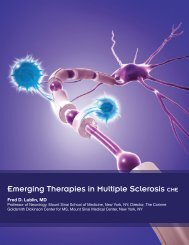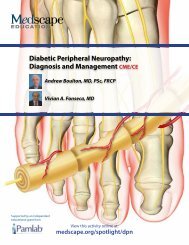The Pathophysiology of Irritable Bowel SyndromeCME - Medscape
The Pathophysiology of Irritable Bowel SyndromeCME - Medscape
The Pathophysiology of Irritable Bowel SyndromeCME - Medscape
Create successful ePaper yourself
Turn your PDF publications into a flip-book with our unique Google optimized e-Paper software.
www.medscape.org/lecture/ibs/pathophysiologySlide 14.How has this information about pathophysiology changed the management <strong>of</strong> IBS? At present, management is guided by thesymptom criteria, such as the Rome III criteria. Commonly used treatments for IBS-C include fiber, osmotic laxatives, bisacodyl,lubiprostone, and linaclotide; loperamide and alosetron are available for patients with functional diarrhea or IBS-D. We also useantispasmodics for colic, and antidepressants for pain.As we think about the different mechanisms I’ve just described, however, we may be moving toward an approach guided lessby symptoms than by pathophysiology. We recognize that constipation and bloating may arise in the presence <strong>of</strong> pelvic floordysfunction, or normal transit constipation, or slow transit constipation. We recognize that diarrhea may be the result <strong>of</strong> alteredmotility and secretion. Beyond that, we know that factors such as increased permeability, mucosal inflammation, and activation<strong>of</strong> sensory fibers that induce those changes in motility and secretion may have a role and may, in part, explain the pain associatedwith IBS.Pg.15


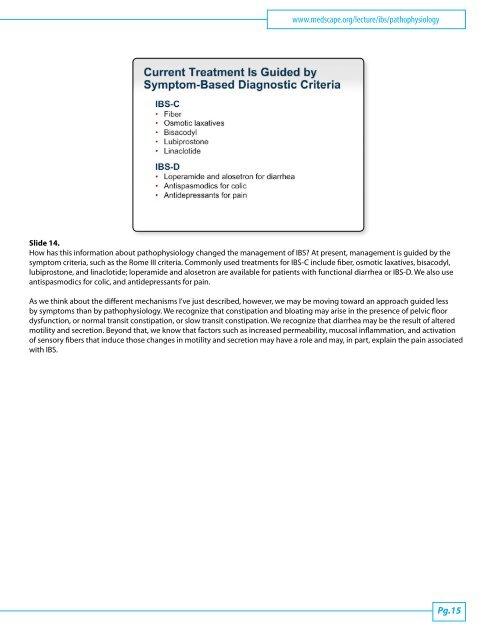
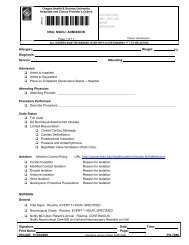




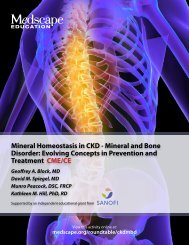
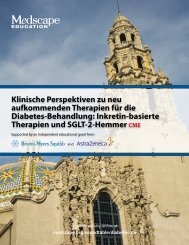
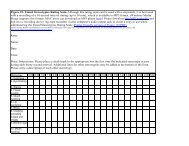

![NIH STROKE SCALE Interval: 1[ ] Baseline 2[ ] 2 hours ... - Medscape](https://img.yumpu.com/43645244/1/190x245/nih-stroke-scale-interval-1-baseline-2-2-hours-medscape.jpg?quality=85)
